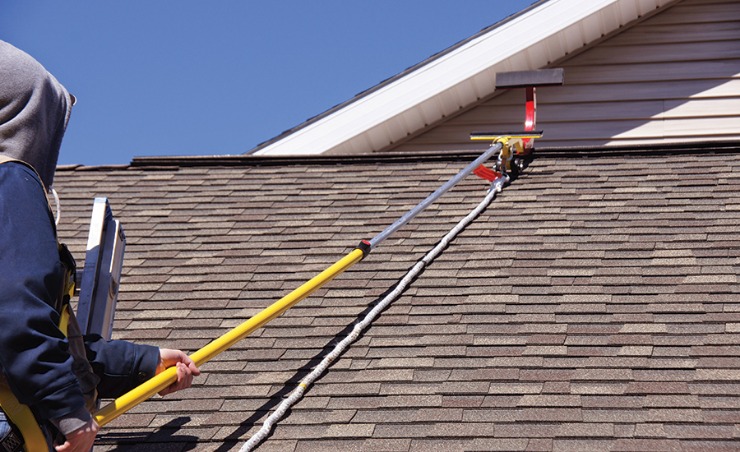When it comes to the world of construction and maintenance, roofing safety emerges as one of the most critical aspects. A fall from a roof can result in severe injury or even death, making it paramount that workers prioritize safety at all times.
The Importance of Personal Protective Equipment (PPE)
Personal Protective Equipment, commonly known as PPE, plays a crucial role in roofing safety. The right gear not only protects workers from falls but also shields them from harsh weather conditions and hazardous materials. Key PPE items include:
Fall Protection Systems
Harnesses, lanyards, and anchor points are essential components of fall protection systems. These systems provide a lifeline and significantly reduce the risk of fall-related injuries.
Hard Hats and Safety Glasses
Hard hats protect the head from falling debris, while safety glasses shield the eyes from dust, flying particles, and harmful UV rays.
Site Preparation is Key
A well-prepared site can drastically reduce the potential for accidents. Items to consider include:
Inspecting the Roof
Before commencing any work, it’s vital to inspect the roof for stability and hazards. Look out for weak spots, loose shingles, and other problematic areas.
Weather Conditions
Weather can significantly impact roofing safety. Avoid working during extreme temperatures, strong winds, or when the roof is wet. Always check the forecast before scheduling any roofing work.
Read more about Commercial roof anatomy here.
Training and Awareness
Proper training ensures that workers not only understand the risks but also know how to mitigate them effectively. Regular safety drills and workshops contribute to a culture of awareness and professionalism.
Hands-On Training
Theoretical knowledge is essential, but hands-on training bridges the gap between knowledge and practical application. Workers should practice using PPE and navigating a roof in controlled environments before heading to actual worksites.
Continuous Education
Safety standards and technologies evolve. Continuous education programs ensure that workers stay current with the latest safety practices and equipment advancements.
Implementing Safety Protocols
Effective protocols are the backbone of any roofing safety program. Well-documented procedures and guidelines make sure that every job adheres to high safety standards.
Emergency Plans
Accidents happen, even with the best precautions in place. Having an emergency plan ensures that everyone knows what to do in case of an incident. This plan should include first aid measures and emergency contact numbers.
Regular Safety Audits
Conducting regular safety audits helps identify potential risks before they result in accidents. These audits should be thorough and performed by qualified individuals.
In conclusion, roofing safety is a multi-faceted approach that involves proper equipment, site preparation, ongoing training, and robust safety protocols. By prioritizing these aspects, workers can significantly reduce the risks associated with roofing tasks, ensuring a safer working environment for all.






